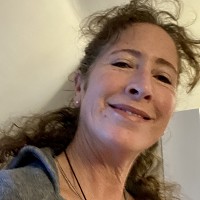Find Rolfing Practitioners
Rolfing® Structural Integration uses hands-on fascial work and movement education to support alignment and ease.
Search Again View Rolfing PractitionersRolfing® Structural Integration uses hands-on fascial work and movement education to support alignment and ease.
Rolfing® Structural Integration is a systematic approach that applies hands-on work to fascia together with movement education. A series of sessions may address different regions with attention to posture, gait and breathing. Pressure is adapted to comfort and you can request lighter or deeper work as needed. Education focuses on awareness of everyday movement and simple adjustments.
People often seek Rolfing for postural awareness, movement efficiency and a sense of ease. Practitioners discuss goals, obtain consent and provide aftercare suggestions.
Rolfing is a complementary method and does not replace medical assessment. For acute injury or concerning symptoms, consult your GP or relevant clinician.
- Typical format: individual sessions or a structured series, 60–75 minutes.
- What to expect: targeted hands-on work plus movement coaching.

Madeleine Zagni
Madeleine has been a massage therapist since 2002, and is qualified in a range of therapies - Sports Massage (LSSM), Thai massage, Rolfing (The Rolf Guild) 2012, and Yoga Therapy; as well as having additional skills in Cranio - Sacral Therapy (Upledger) and Ayurvedic Face Massage. She is a member of... [read more]
Verified

Ros Ivison
I am a Certified Rolfer and a Certified Anatomy Trains Structural Integration Practitioner.
I am also a Level 2 Fascia Stretch Therapist and a Level III Rossiter Stretching Coach.
I am passionate about the work that I do and enjoy helping people to find solutions to their pain and resolve health issues generally.




